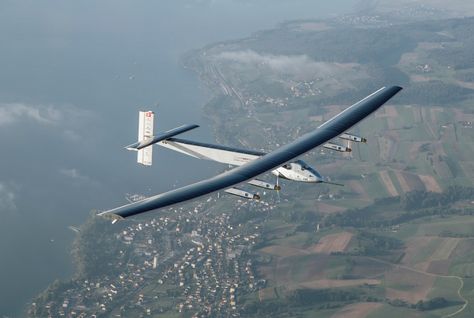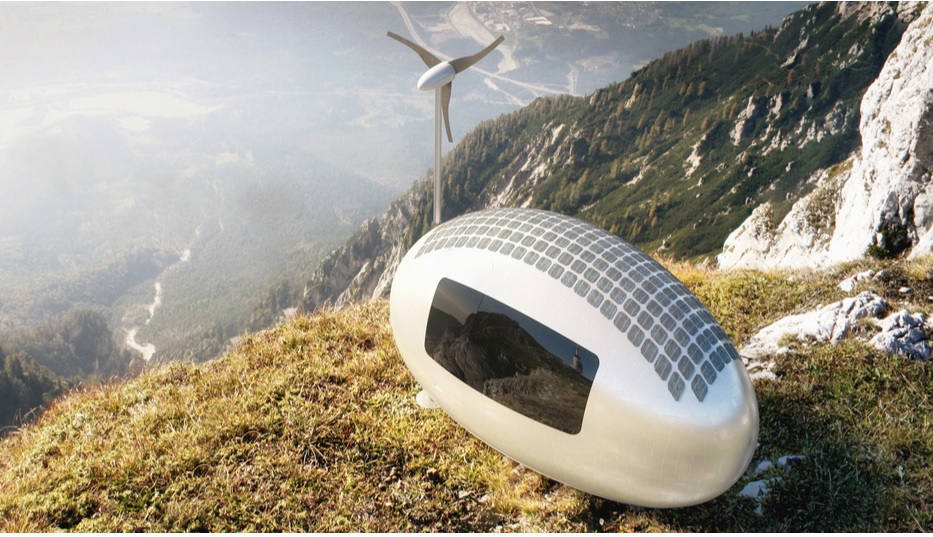
Energy management engineer Steve Greenberg bikes three miles uphill to work every day, rain or shine. He refuses to use a desktop computer, insisting on a less energy-intensive laptop. And to avoid using paper towels each time he visits the bathroom, he keeps a hand towel in his office. Those are only a few of the things he does to reduce his carbon footprint-and that’s just at work.
“Once in a while somebody emulates me. I got at least one other person on the floor doing it,” he says, referring to the towel.
Officially, Greenberg does research on energy-efficient buildings at Lawrence Berkeley National Laboratory and puts some of that research into practice by helping to make lab facilities such as new construction and data centers as “green” and sustainable as possible. Unofficially, he hopes to influence behavior by setting an example, both at home and at the office.
“I do go around turning off monitors, copiers, printers, lights,” he says. “In the 90s when we got AutoCAD for doing drawings, we had these big [CRT] monitors, which were guzzlers. When the computer was off, the monitor would still consume a fair amount of power. So I would turn them off at night and leave a little sticker and add my obnoxious little personal note, ‘busted by the energy cops.’”
His efforts did not go unnoticed. A co-worker had a sheriff’s-style badge made for him that read “Chief Enforcer, Energy Conservation Squad.” His manager today calls him an inspiration. “I see Steve as an international treasure, or at least a national treasure, in terms of not only what he does, but what he knows,” says Berkeley Lab scientist Dale Sartor. “He really understands the technologies and their impacts. He’s very happy to share, but he doesn’t preach. But if you want some technical info, the floodgates can open.”
Greenberg has been turning off lights since the 1970s. The first Earth Day back in 1970 had a big impact on him. An elementary school student at the time, he got into ecology and became an energy-conservation tyrant around the house, turning off so many lights his brother complained about sitting in the dark. He also was inspired to go into solar energy engineering.
Forty years later, much has changed in the world, including a growing awareness of the dangers of climate change and how it is connected with human behavior, but Greenberg is still going around turning things off. Idling cars is one of his pet peeves.
“If I see a Lab vehicle with nobody in it, idling, I’ll just reach in and turn the key off,” he says. “Things that aren’t in use that are on—I just have a reaction to it.”
One thing he never has to turn off are his office lights, as he relies exclusively on natural light from the windows or, if it’s dark outside, an ancient fluorescent task lamp on his desk. He notes that “the occupancy sensor uses more energy than the lights ever will because I never turn them on.”
Greenberg first joined Berkeley Lab in 1982 as a graduate student research assistant and eventually was hired as a staff engineer. With degrees in Mechanical Engineering and Energy & Resources, he has worked on everything from energy efficiency retrofits at Berkeley Lab in the 1980s, which has resulted in dramatic reductions in energy usage, to the new Advanced Light Source User Support Building, which is expected to gain LEED gold certification. He is also a member of the U.S. Green Building Council’s working group on data centers.
At Berkeley Lab, he’s president of the Bicycle Coalition, which promotes bicycle use to, from and at the site, consults on the placement of bike racks on shuttles and at the site and operates a program to loan bikes and helmets. The group also founded the Bike-around, an annual ride held on the same day as the Runaround, a foot race held every year at the Lab for employees.
“Sometimes [my daily commute] is the only exercise I get. It’s great to be able to combine it,” Greenberg says. “I’ve never understood driving to the gym. That’s part of what’s wrong with society—we’ve separated exercise from daily activity. I like being able to have it be automatically there.”
He and his wife keep driving to a minimum, together putting only 7,000 miles a year total on their two cars— a 2002 Toyota RAV4-EV (fully electric) and a 1993 Honda Civic VX. He is optimistic about the outlook for electric vehicles, noting that in the 1990s, automakers reluctantly made them due to a short-lived California mandate, whereas now, they are eagerly doing so for market reasons.
To power his home and his car, Greenberg has two solar installations and a solar water heater. They produce so much energy he has dubbed his home the Ordway Solar Power Plant. His solar panels, which sit atop his white roof, generate roughly 7,000 kilowatt-hours annually. His house and his electric car together use about 3,000 kWh per year. That leaves about 4,000 kWh surplus that he gives back to Pacific Gas & Electric every year, enough to power about two-thirds of another typical single-family home in the area.
Each week, he reads the meters attached to his appliances to monitor usage. Before doing the laundry, he and his wife check the weather report since clothes are dried on a clothesline outside. They are in the process of replacing all the doors and windows to more energy-efficient ones. The couple is meticulous about recycling and composting and try to buy products secondhand instead of new. “Our solid waste is practically nothing; most weeks we don’t even bother to put out the garbage,” Greenberg says.
He has calculated his household’s carbon footprint to be about 9,000 pounds of CO2 emitted annually, compared to the U.S. household average of 38,000 pounds. If all that weren’t enough, his latest project is building an underground 10,000-gallon rainwater cistern, even though it’s not the most cost-effective measure in the Berkeley climate.
Greenberg believes that people have to stop making excuses and, instead of, for example, advocating for public transit for other people, take the energy-saving steps themselves. “Sometimes I give talks on what we can do to reduce our carbon footprint or our environmental impact. I take props like compact fluorescent lights or low-flow shower heads. One of the other things is a mirror, and I say, ‘This is for figuring out who got us into this mess!’” he says.
Asked if what he does will really make a difference in the world, he replies: “One likes to think that one’s life and work has purpose. On the cosmic scale, it won’t make a difference what I do, but if everybody does what I do, then yes.”



